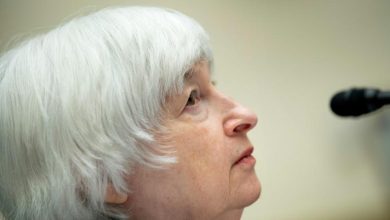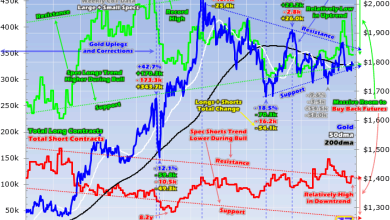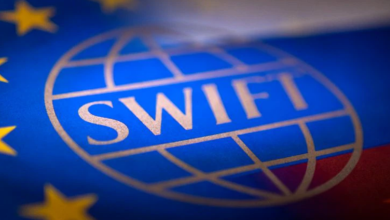Gold’s 2022 Tug of War – Dynamics That Could Tip the Scales

We recently released our Gold Outlook 2022 and Full Year 2021 Gold Demand Trends of which includes an examination of the last year’s market impact on gold performance, relevant trends and milestones, as well as the complex year ahead. Inflation persistence, rising rates and Omicron will all impact gold performance in 2022, determined by which factors end up tipping the scale.
Before dissecting 2022 further, it’s important to not only recap but understand what happened to gold over the last year. While gold fell by about 4% y-o-y in 2021, the average price increased by 2% during the year compared to 2020. (1) Throughout the year nominal interest rates and inflation jockeyed for position as the key driver of gold performance.
Gold’s price performance last year was consistent with the market’s demand and supply dynamics. Demand for gold (excluding OTC) in 2021 rose by 10%, highlighting the relevance of gold’s dual nature drivers as a consumer good and investment asset. In early 2021, vaccine optimism and the slowing of COVID cases fueled a reduction in portfolio hedges negatively impacting gold’s performance and resulted in gold ETF outflows. However, other sectors of demand including jewellery, technology, and bar and coin increased supported in part by the economic recovery and growing inflation concerns. Central bank demand also saw a significant increase and the addition of two developed markets – Singapore and Ireland – adding gold to their reserves and joining a varied set of emerging markets.
Looking ahead, we see a similar environment for gold. Rising interest rates could pose a challenge, persistently high inflation stemming from unprecedented monetary and fiscal policies will likely increase the need for the global hedge, and consumer sectors could end up sustaining demand.
Persistent inflation from unprecedented policies:
- In 2021, inflation-driven retail investment reached record levels in some Western markets. Bar and coin demand exceeded previous annual levels in both the US and Germany as investors focused on rising inflationary pressures and low/negative real rates.
- In 2022, we believe that four factors will keep inflation elevated: supply-chain disruption, tight labor markets, higher saving rates and high commodity prices.
- As inflation remains a primary concern for investors, gold is a proven long-term hedge and historically performs well amid inflation, protecting against purchasing power in the long run against more than just the price of goods and services.
Rising nominal rates, low real rates:
- Rising interest rates increase the opportunity cost of investing in gold. However, historical analysis shows that while gold underperformed in the months before the start of prior Fed tightening cycles, the asset gained momentum once tightening began.
- Additionally, despite rate hikes, both nominal and real interest rates remain at historically low levels. This dynamic is shifting investment portfolios towards more risk-on assets, which in turn increases the need for high quality hedges, like gold.
Market pullbacks continue:
- Pullbacks are likely to continue in the face of the seemingly endless stream of new variants, as well as simmering geopolitical tensions and overall buoyant equity valuations fueled by a long-lasting ultra-low-rate environment.
- Gold can be a valuable risk management tool in an investor’s arsenal. Gold has a proven historical record of mitigating the negative impact of equity market pullbacks in periods of systemic risk.
Demand sectors likely to grow:
- Our analysis shows that gold’s performance is also linked to other components of demand, such as jewellery and technology. While these do not typically result in the large price movements associated with investment, they help underpin gold price performance. For example, last year jewellery fabrication jumped by 67% yoy and technology by 9%.
- Additionally, central bank gold demand, which strongly rebounded in 2021, is well expected to remain an important source of demand. There are good reasons why central banks favor gold as part of their foreign reserves which, combined with the low interest rate environment, continue to make gold attractive.
Gold’s performance this year will be a byproduct of the interactions of these factors, but in the short-to-medium term, we are paying close attention to investors reaction to both monetary policy and inflation developments. For more information on gold’s outlook or any questions you may have, feel free to reach out.
(1) Based on the LBMA Gold Price PM USD as of 30 December 2021.
Source link





